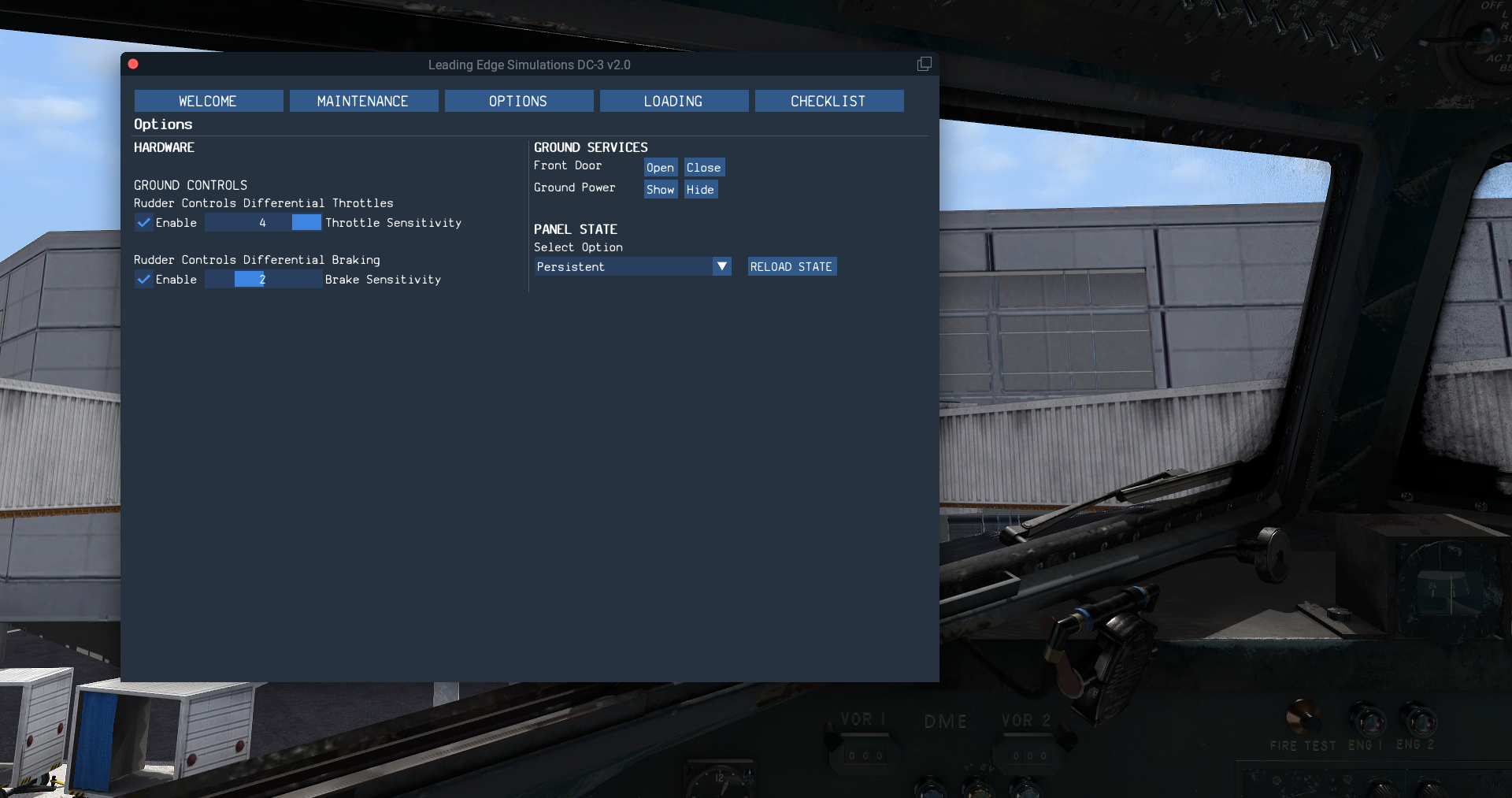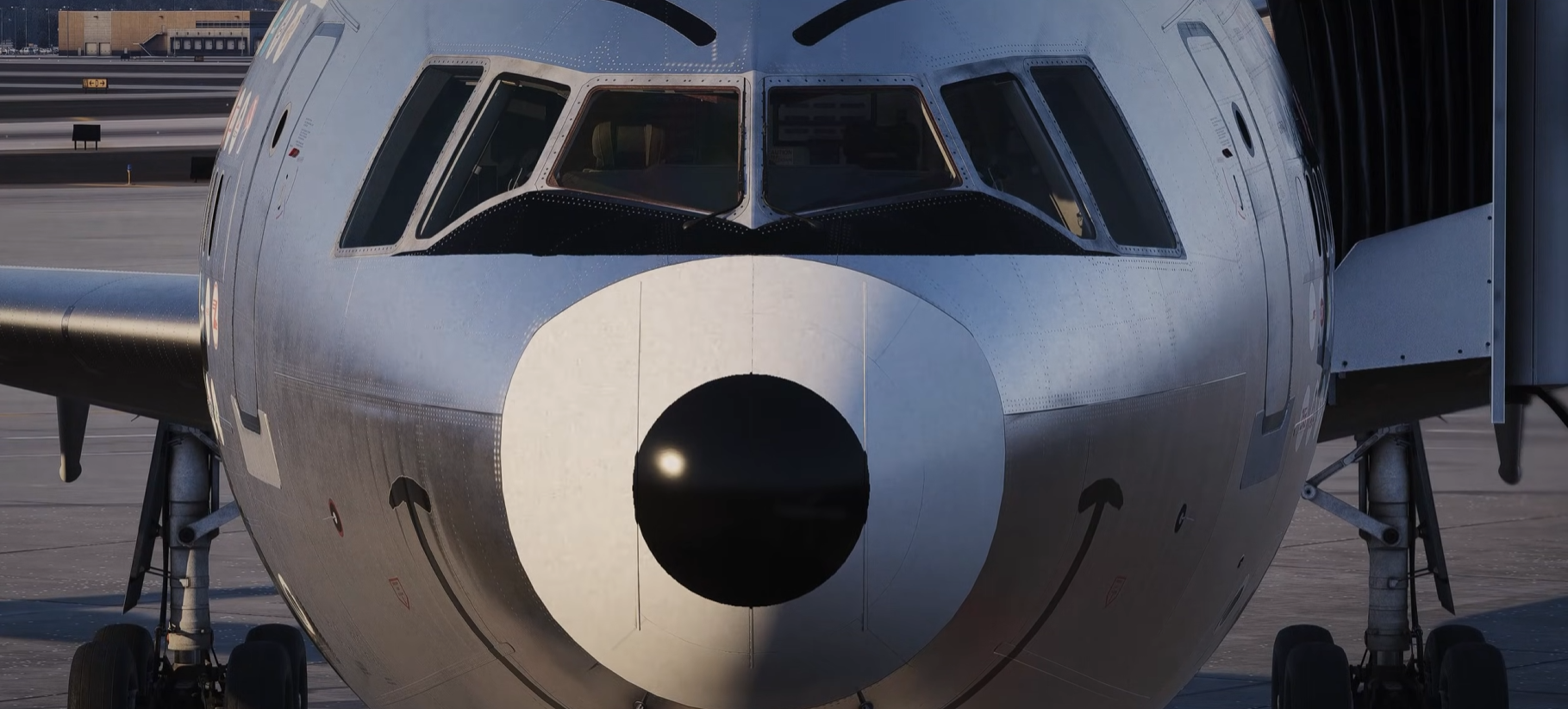Leading Edge Simulations Releases Development Update 1 for their DC-3 V2
A new development update from Leading Edge Simulations has been posted to the X-Pilot forum. Although this is the second update, the first concerned the history of the DC-3 and did not dive into many details of LES' rendition.
Writing once again to the forum, Ilias Tselios has said from this point forwards, each development update will focus on one part of the aircraft.
He also said the team wants to achieve a target, which - although hindered slightly by the limitations in X-Plane - will "provide you an experience as close to the real aircraft as possible".
"First topic I will address is how the DC-3 is controlled on the ground, and how we are simulating this behavior," began Tselios. "As you might know the DC-3 is a BIG taildragger! That means that you do not control the tail wheel, except of the action of locking or unlocking it.
"The control is achieved with 2 methods and/or combinations of those. The first is using “differential throttling”, which means that you use more throttle on the engine that is on the outside side of the turn and less throttle on the inside side.
"The second method, involves the brakes. Applying brake, for example, on the left wheel, you will make the aircraft to start turning to the left, and vice versa. All this have the effect, with the tail wheel unlock, the tail wheel will turn and make the aircraft to keep turning, until you apply opposite action, either throttle or brakes!
"Keep in mind that all move must be planned ahead. You won’t get instant reaction from the aircraft to your inputs, and especially avoid to apply to much brakes! The aircraft has the tendency to roll forward around the center of the front wheel, and if you gain enough momentum, the nose will tip forward and down, and might bury it in the ground! Take caution!
"This is how DC-3 will be controlled in X-Plane, so If you have dual throttle controls and pedals, “driving” the DC-3 on the ground is straight forward. But many flight simmers, they don’t have complex or multiple axis hardware. For those guys, we have added a couple option to help them controlled the aircraft on the ground."

Referring to the screenshot of the GUI above, he continued: "In the new GUI for the DC-3, in OPTIONS tab, are 2 selection for you to enable. Differential throttling and differential braking. When enable one (or both), will take your rudder input and translate it to differential throttling or braking.
"The more you "turn" the rudder, the more differential output (throttle or braking) will be applied. Also we have added 4 levels of sensitivity for each option so you can adjust the output to what feels better for you.
"NOTE: The overall dynamics remain the same. The feeling of the aircraft does not change, or faked. We are not making the aircraft easy to taxi! If you turn too hard, the aircraft will have the tendency to rotate fast around the inside front wheel, and will require a lot of counter action to stop! If you use braking to turn and you have very low speed, the aircraft might turn slightly, but will stop! To have a successful taxi, you must go slow, make your turn smooth, and plan ahead your moves!
"This effect is operating in low speeds, up to 40 knots. Then is disable not to interfere with throttles or brakes when you are taking off, and during flight. Here's a screenshot of the options. As always, keep in mind, what you see is not final...at all!"
Leading Edge Simulations' DC-3 V1.4 is available to buy now for US 39.95, for users who want to fly their rendition now.
Details about the history of the DC-3 and why it was so pivotal in the airline industry can be found in their first development update published one week ago.
Thanks to flym. for the tip-off in our Discord server!
Share this page
COMMENT ADVISORY:
Threshold encourages informed discussion and debate - though this can only happen if all commenters remain civil when voicing their opinions.




.webp)
.webp)






